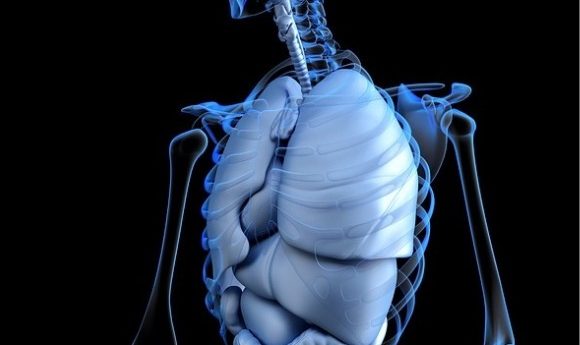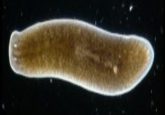How does the liver regenerate?

It’s well known that the liver is the only organ in the human body that can regenerate. Sometimes, the renewal process fails, and a transplant is required. Researchers have now discovered why this happens.
It is well known that the liver is the only organ in the human body that can regenerate. However, when patients must undergo a procedure to remove a dead part of their liver, the renewal process doesn’t always work, so they ultimately require a liver transplant. Researchers from Michigan State University (MI, USA) believe they have now discovered why this happens, and the blood-clotting protein fibrinogen has a role to play.
“We discovered that fibrinogen accumulates within the remaining liver quickly after surgery and tells platelets to act as first responders, triggering the earliest phase of regeneration,” commented senior author James Luyendyk. “But if fibrinogen or platelets are inhibited, then regeneration is delayed.”
“Measuring this protein in liver resection patients may help us determine in advance whether the organ will regenerate successfully or if it will become dysfunctional,”
When fibrinogen successfully communicates that platelets must accumulate in the liver, blood clots are formed, bleeding is stopped, and they enable the liver’s restoration. This process increases the chances of recovery to a fully functioning liver. Utilizing mice models and liver samples taken from patients undergoing the procedure, the team realized that low fibrinogen levels corresponded to low platelet levels in the liver.
“This shows that fibrinogen deposits are extremely important and directly impact regeneration in both mice and humans,” explained Luyendyk.
They also believe that fibrinogen levels could become a predictive marker for doctors. “Measuring this protein in liver resection patients may help us determine in advance whether the organ will regenerate successfully or if it will become dysfunctional,” commented first author Dafna Groeneveld.
Therefore, it may be possible to therapeutically treat patients to decrease the chance of a dysfunctional liver by administering fibrinogen during surgery.
“This type of treatment hasn’t been tried in liver resection patients yet,” explained Luyendyk. “But once we figure out exactly how fibrinogen works in the regeneration process and test potential therapies in mice, it could eventually provide the proof we need to bring our work into the clinic and improve patient outcomes.”





